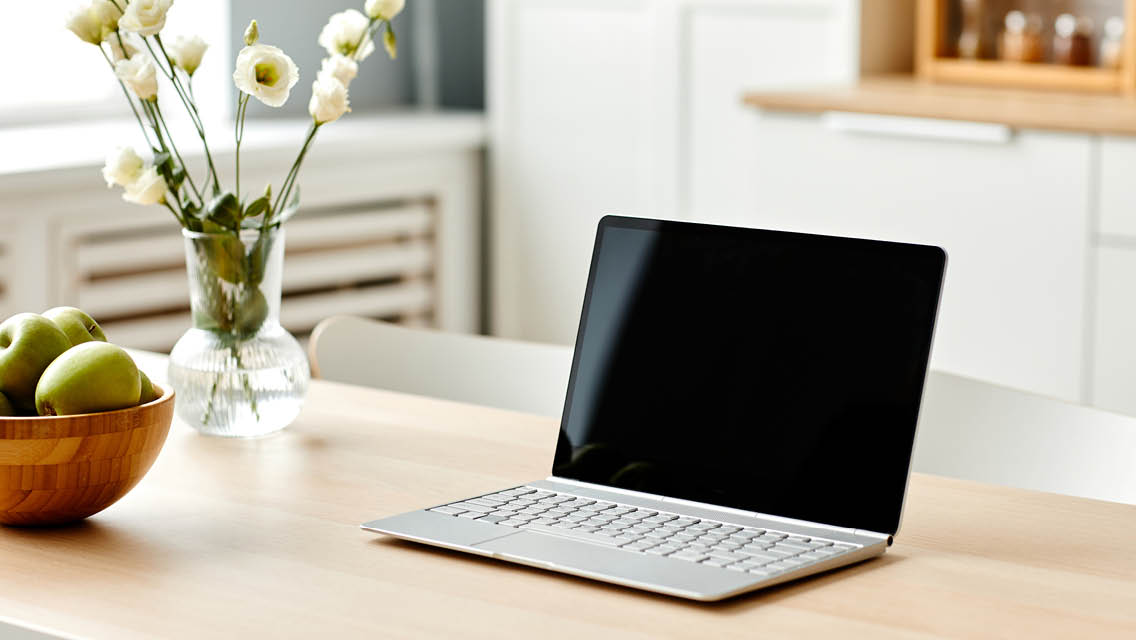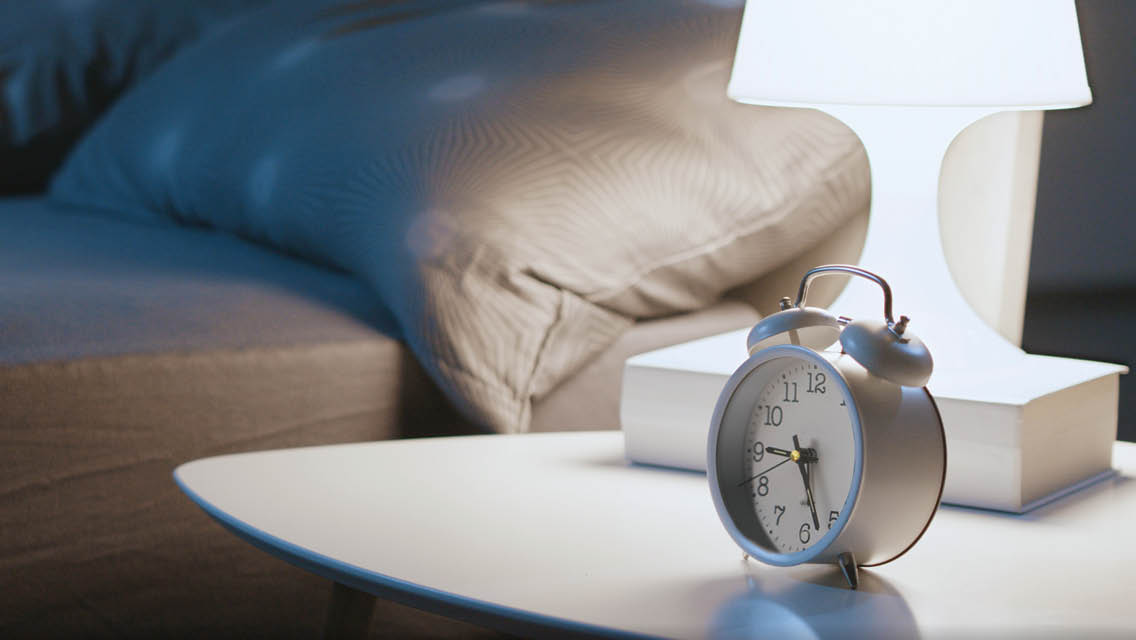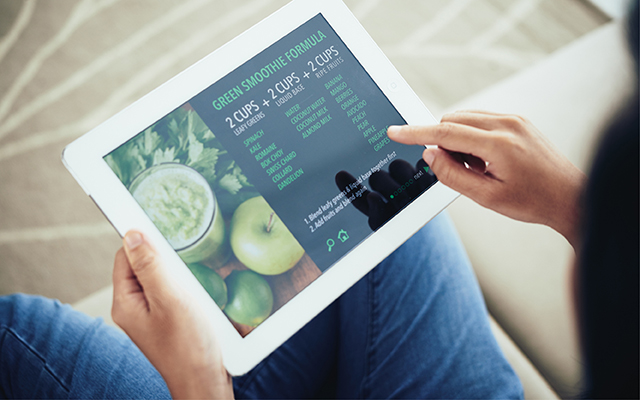Explore the steps to becoming a digital minimalist: 1) Define Your Tech Rules • 2) Take a 30-Day Tech Break • 3) Reintroduce Meaningful Tech
Smartphones, wireless internet, digital platforms that connect billions of people — these are triumphant innovations. Few people think we’d be better off retreating to an earlier technological age.
Still, many are also tired of feeling like prisoners to their devices.
Our relationship with digital tools is complicated by the fact that they mix harm with benefits. One can simultaneously cherish the ability to discover inspiring photos on Instagram and fret about the app’s capacity to invade the evening hours that were once spent reading or talking with friends. These contradictions create a jumbled emotional landscape.
The most common response to such complexities is to attempt modest hacks. Perhaps if you observe a digital Sabbath, keep your phone away from your bed at night, or turn off notifications and resolve to be more mindful, you can keep all the good things that attracted you to these technologies in the first place while minimizing their worst impacts.
I understand the appeal of this moderate approach. It relieves the need to make hard decisions about your digital life; you don’t have to quit anything, miss out on any benefits, or suffer any serious inconveniences. Nor do you have to explain your digital absence to friends who may find it alarming.
Yet it’s clear to those who have attempted these minor corrections that willpower and vague resolutions are often not enough to stop these new technologies from invading our cognitive landscapes. The addictiveness of their design and the cultural pressures supporting them are too strong for an ad hoc method to succeed.
As a professor of computer science who has given a great deal of thought to these issues — and written several books about them — I believe what we all need instead is a philosophy of technology use, rooted in our deep values.
There are many philosophies that might satisfy these goals, but one stands out. I call it digital minimalism, and it applies the belief that less can be more. The key to thriving, digital minimalists have learned, is to spend much less time using tech.
Digital Minimalism in Action
Meet Tyler. He once embraced the standard social-media services for the standard reasons: to help his career, keep connected, and provide entertainment. But he later found that his compulsive use of these tools offered minor benefits at best, and he saw that monitoring social media was not the best way to use tech to serve his goals. So, he quit all social media to pursue more direct ways to connect with others.
A year later, Tyler was involved in meaningful volunteer work, exercising regularly, and reading three to four books a month. He was also learning to play the ukulele and feeling much closer to his family.
With digital minimalism, one works backward from their most deeply held values when deciding how to live their life.
With his phone no longer glued to his hand, his increased focus also earned him a promotion at his job.
Tyler is quick to admit that he can’t completely attribute all these things to his specific decision to quit social media. His choice, however, was about more than a tweak to his digital habits: It was a symbolic gesture that reinforced his new commitment to a minimalist philosophy.
With digital minimalism, one works backward from their most deeply held values when deciding how to live their life. This is the essence of this approach — one you can embrace, too.
The Digital Declutter Plan
I believe aggressive action is necessary to transform your relationship with technology and reclaim your time and attention. My suggested method is the 30-day digital declutter (plus time for preparation and reintroduction before and after). The declutter acts as a jarring reset: You come into the process a frazzled maximalist and leave an intentional minimalist. This is how it works.
Step 1) Define Your Tech Rules
During your 30-day declutter, the plan is for you to take a break from “optional technologies.” The first step, therefore, is to define which technologies are optional for you.
When I say “technologies,” I’m not talking about your microwave, radio, or electric toothbrush. I’m referring to the class of things that may be considered new technologies — apps, websites, and related digital tools delivered through a computer screen or mobile phone — and are meant to entertain, inform, or connect. Text messaging, Instagram, and Reddit are examples of things you’ll evaluate when preparing for a digital declutter.
Start by identifying which technologies are most relevant for you, then decide which of them are optional enough that you can take a 30-day break from them.
Start by identifying which technologies are most relevant for you, then decide which of them are optional enough that you can take a 30-day break from them. My general guideline: Consider a technology optional unless its temporary removal would harm or significantly disrupt the daily operation of your professional or personal life.
If you stop checking your work email, for example, this will harm your career, so you can’t use this exercise as an excuse to shut down your inbox for a month. If your job occasionally requires you to monitor social media, or your daughter uses text messaging to let you know when she’s ready to be picked up from soccer, or your relationship with a spouse overseas depends on daily connections through FaceTime, then these would not be considered optional — but only when the technology is used for these specific purposes.
For borderline cases, I recommend developing some operating procedures. These will help you specify exactly how and when you will use a particular technology, allowing you to maintain some critical uses without having to default to unrestricted access. You could decide, for example, that you will text only with your daughter, and only when she is at soccer.
Keep in mind that just because something is convenient doesn’t mean it’s critical. A Facebook group that announces social events might be convenient, but choosing not to receive those messages won’t cause any critical damage to your social life in 30 days, and it might expose you to interesting alternative uses for your time.
Such inconveniences might even prove useful. Losing light contact with certain people can help clarify which relationships were real in the first place and strengthen your relationships with those who remain.
Key points:
- The digital declutter focuses primarily on apps, sites, and digital tools. According to participants in the original digital-declutter challenge that I hosted, video games and streaming video could be in this category, too.
- This will be a 30-day break from those technologies you determine are optional. In some cases, you’ll abstain altogether; in others, you may specify a set of operating procedures that dictate exactly how and when you’ll use the technology.
- Write down your list of banned technologies and relevant operating procedures. Put it somewhere you’ll see it every day. Clarity in what you’re allowed and not allowed to do during the declutter will prove key to its success.
Step 2) Take a 30-Day Tech Break
Now it’s time to make the break. You’re likely to find these days without optional tech challenging at first. Your mind has developed certain expectations about distractions and entertainment. Disrupting those expectations can feel unpleasant, like a detox.
Yet the detox experience is important; it will help you make smarter decisions about reintroducing some optional technologies when the break ends. Without the clarity that detox provides, the addictive pull of the technologies would bias your decisions.
For example, if you were to decide to reform your relationship with Instagram right this minute, your decision about what role it should play in your life would likely be much weaker than if you’d spent 30 days without it before choosing how to use it more deliberately.
It’s a mistake to think of a digital declutter as only a detox experience. The goal here is not simply to give yourself a break from tech, but to spark a permanent transformation of your digital life.
Still, it’s a mistake to think of a digital declutter as only a detox experience. The goal here is not simply to give yourself a break from tech, but to spark a permanent transformation of your digital life.
To achieve real transformation, you must also spend this period rediscovering what’s important to you in your analog life. You’re more likely to successfully reduce the role of your digital tools if you cultivate high-quality alternatives to their easy distractions.
Many people find that their compulsive phone use covers a void created by the lack of a well-developed leisure life, for example. But reducing phone use without also filling the void with enjoyable things can feel unpleasantly stale, and that will undermine any transition to digital minimalism.
Here’s the good news: Participants in the declutter experiment found it easier than they had expected to reconnect to the activities they’d enjoyed before they were subverted by their screens.
Unaiza is a graduate student who used to spend her evenings browsing Reddit. During her declutter, she redirected this time toward reading books she borrowed from the library. “I finished eight and a half books that month,” she told me. “I could never have thought about doing that before.”
An insurance agent named Melissa finished “only” three books during her 30 days, but she also organized her wardrobe, set up dinners with friends, and scheduled more face-to-face conversations with her brother.
Kushboo finished five books during his declutter — the first he’d voluntarily read in three years. Caleb’s search for analog activities led him to start journaling before bed each night. He also started listening to records on a record player, from beginning to end, with no earbuds in his ears or skip buttons to tap when antsy — which turned out to be a much richer experience than his normal habit of firing up Spotify and seeking out the perfect track.
Key points:
- The first week or two, you’ll probably find yourself fighting urges to check your optional technologies. This struggle will pass, though, and it will help you make better decisions at the end of the declutter.
- The goal is not simply to enjoy time away from technologies; it’s to explore higher-quality pursuits to fill the time the technologies currently take up. This period should be one of vigorous activity and experimentation.
- Aim to arrive at the end of the declutter having discovered the activities that generate real satisfaction, and feeling enabled to confidently craft a better life — one where technology serves a supporting role for more meaningful ends.
Step 3) Reintroduce Meaningful Tech
After your 30-day break comes the final step: reintroduction. This step is more demanding than you might think.
The goal is to start from a blank slate created by the 30-day declutter and let back into your life only those technologies that pass your strict minimalist standards. The care you take here will determine whether this process sparks lasting change.
For each technology, ask yourself some screening questions. The first:
Does this directly support something I really value? This is the most important factor for deciding whether you should let it back into your life.
The fact that a tool may offer some value is irrelevant — the digital minimalist deploys technology to serve their specific values and is happy to miss out on everything else. For example, you may learn that browsing Twitter doesn’t provide value, but following your cousin’s baby photos on Instagram does support the value you place on family.
If a technology passes this first question, it must now face a more difficult standard:
Is this technology the best way to support this value?
We often justify technologies that tyrannize our time and attention with some tangential connection to something we care about. Consider, for example, following your cousin on Instagram. Although a follow might initially be justified by your deep value of family, the next question asks if Instagram is the best way to support this value. Probably not. Something as simple as a monthly phone call with this cousin may be much better for your bond.
If a technology makes it through both screening questions, there’s one more to ask:
How will I now use this technology to maximize its value and minimize its harms?
Many attention-economy companies want you to think about their services in a binary way: Either you use them or you don’t. This allows them to entice you into their ecosystem with some feature you find important; then, once you’re a user, they deploy attention engineering to overwhelm you with options, trying to keep you engaging with their service well beyond your original purpose.
Digital minimalists avoid this trap by maintaining standard operating procedures that dictate when and how they use their digital tools. Instead of saying, “I use Facebook because it helps my social life,” they would offer something more specific: “I check Facebook each Saturday on my computer to see what my close friends and family are up to; I don’t have the app on my phone; I culled my list of friends down to just meaningful relationships.”
Here are some ways declutter participants meaningfully reintroduced tech: A digital advertiser named Ilona set up a regular schedule for calling and texting her friends. This supported her relationships by replacing lightweight check-ins with more intentional communications.
Abby, who works in the travel industry, removed the web browser from her phone. “I figured I didn’t need to know the answer to everything instantly,” she said. She also bought a paper notebook to jot down ideas when she’s bored on the train.
Caleb set a curfew for his phone; he can’t use it between 9 p.m. and 7 a.m. A computer engineer named Ron allows himself only two websites to check routinely — a big improvement over the 40 or so sites he used to cycle through.
Key points:
- Your monthlong break from optional technologies resets your digital life. You can now rebuild it from scratch in a much more intentional and minimalist manner. To do so, apply a three-step technology filter to any tool you might reintroduce. The tool must . . .
-
- Serve something you deeply value. (Offering some benefit is not enough.)
- Be the best way to serve this value. (If not, choose something better.)
- Have a role in your life that is constrained by some standard operating procedure that specifies when and how you use it.
- This process will help you cultivate a digital life in which optional technologies serve your deeply held values instead of subverting them. Careful reintroduction will help you make the intentional decisions that will define you as a digital minimalist.
This article is reprinted from Digital Minimalism: Choosing a Focused Life in a Noisy World by Cal Newport with permission from Portfolio, an imprint of Penguin Publishing Group, a division of Penguin Random House LLC. Copyright © 2019 by Calvin C. Newport.
This article originally appeared as “The Great Digital Declutter” in the March 2023 issue of Experience Life.





This Post Has 2 Comments
Dr. Cal Newport, I have been employing your philosophy without the benefit of the name. I am not a child of the cybernetic age, I had to catch up and I still sit at the back of the class. So because of my caution I employed minimalism. Now I can state I am a digital minimalist. I also want to thank you for your logical approach. Very refreshing for me. Mizan Kirby
Love this article! I have been wanting to take a break from technology.